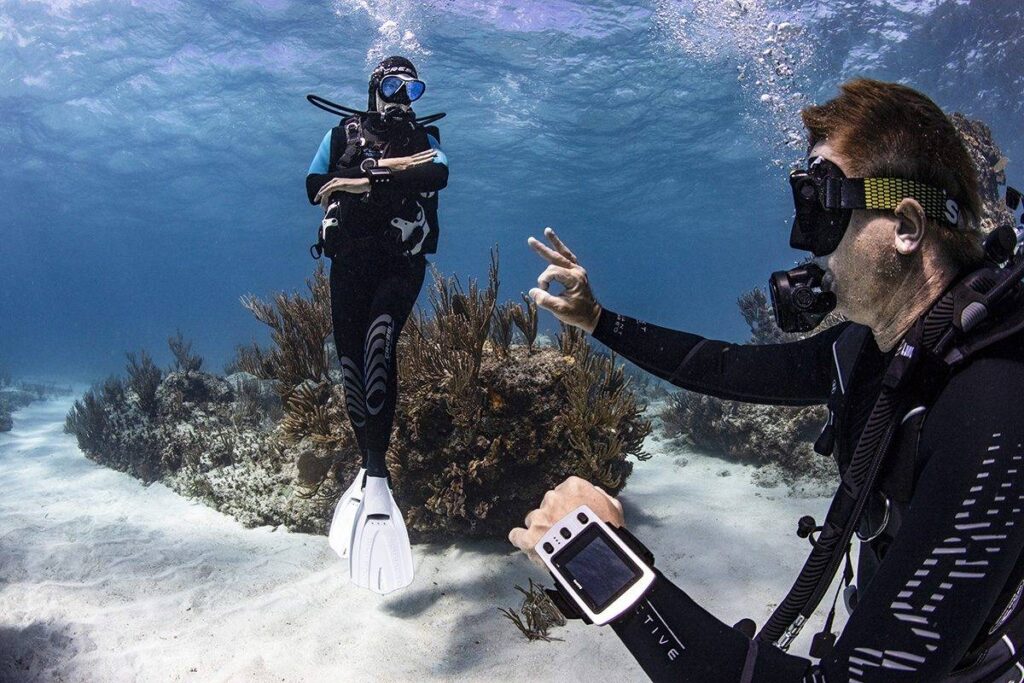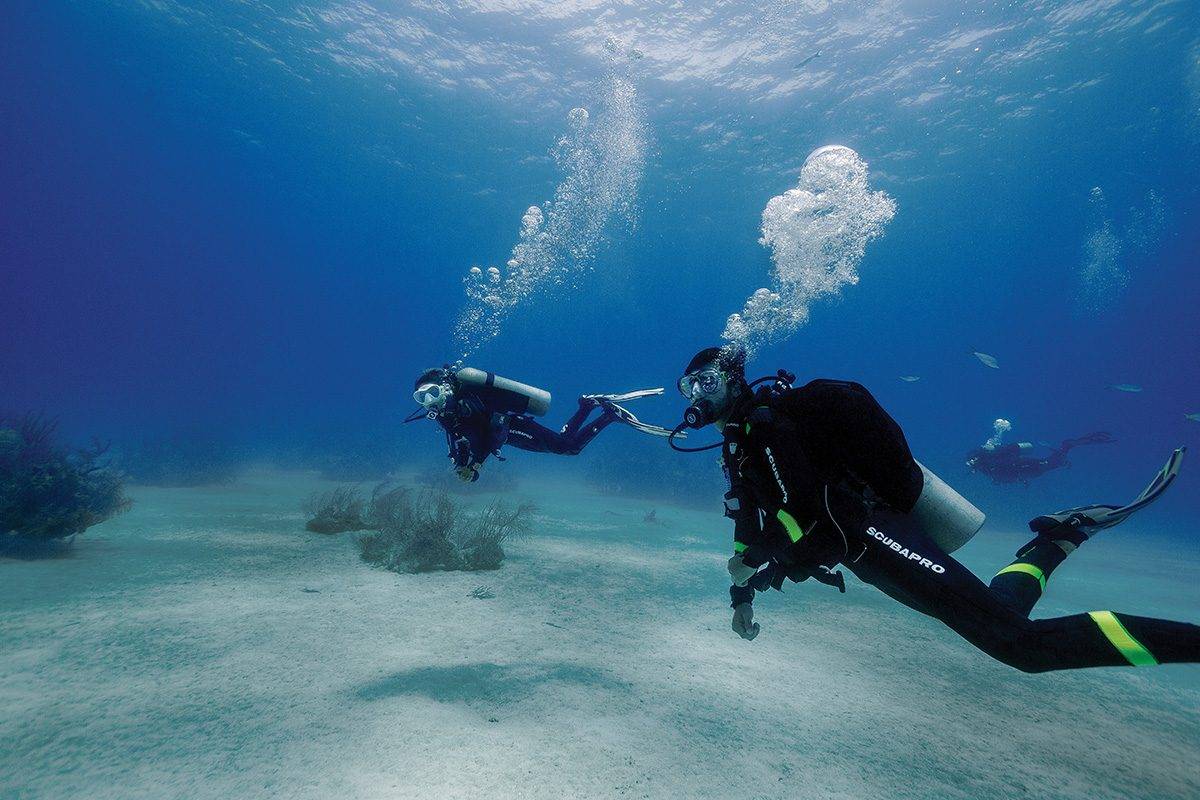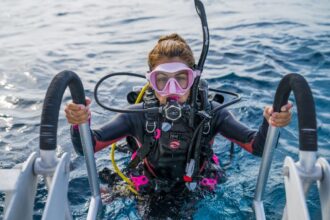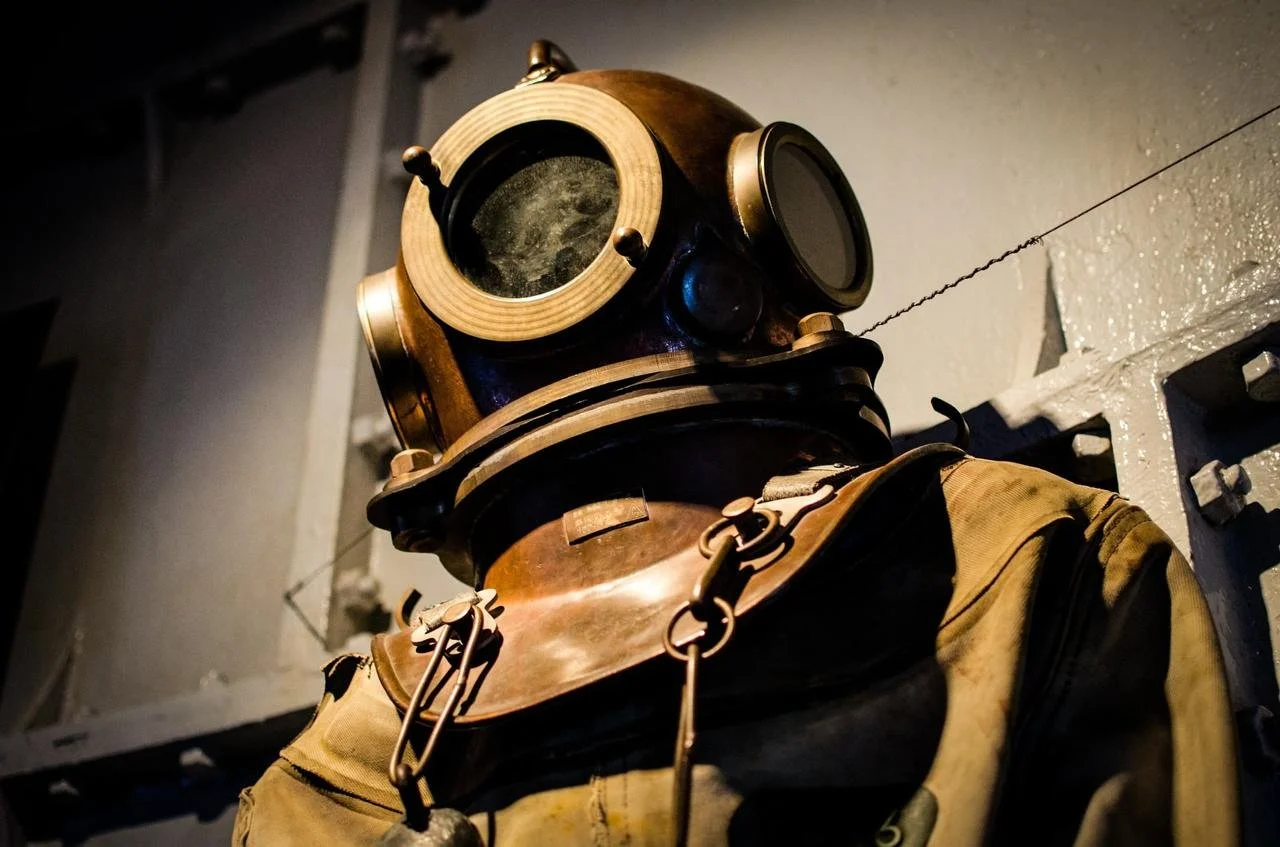Diving is an exhilarating adventure, but it comes with its risks. Whether you’re a beginner diver, an adventure seeker, a scuba enthusiast, or a boater, knowing what divers should do for their own safety is essential for a safe and enjoyable experience underwater. From pre-dive planning to proper ascent techniques, safety measures can make all the difference in preventing accidents and enjoying every moment of your dive.
- 1. Plan Your Dive and Dive Your Plan
- Table of Contents
- 2. Always Dive with a Buddy
- 3. Perform a Thorough Buddy Check
- 4. Monitor Your Air Supply and Buoyancy
- 5. Equalize Early and Often
- 6. Ascend Slowly and Safely
- 7. Stay Within Your Limits
- Quick Safety Tips for Divers
- FAQs About what should divers do for their own safety
- Conclusion
In this guide, we’ll explore 7 powerful tips to stay safe underwater and provide practical advice that every diver should follow.
1. Plan Your Dive and Dive Your Plan

Table of Contents
Planning is the foundation of safe diving. Before entering the water, ensure you have a clear dive plan, including depth, time limits, and emergency protocols.
Importance of Pre-Dive Planning
A well-structured dive plan helps prevent surprises underwater. Decide on:
- Maximum depth for your skill level
- Dive duration
- Entry and exit points
- Emergency procedures
By sticking to the plan, you minimize risks like running low on air or getting disoriented.
Setting Depth and Time Limits
Always dive within limits recommended for your experience. Overextending can lead to exhaustion, nitrogen narcosis, or decompression sickness. Use dive tables or a dive computer to track your dive profile accurately.
2. Always Dive with a Buddy
One of the most critical safety practices is the buddy system. Never dive alone, no matter how experienced you are.
The Buddy System Explained
Your buddy provides assistance in emergencies, whether it’s equipment failure, entanglement, or an unexpected health issue. Always stay close and maintain visual or physical contact.
Benefits of Diving in Pairs
- Quick assistance in emergencies
- Enhanced situational awareness
- Shared navigation responsibilities
Diving with a buddy increases both your safety and confidence underwater.
3. Perform a Thorough Buddy Check
Before entering the water, conduct a complete pre-dive safety check with your buddy. One effective method is the BWRAF check:
- B – BCD (Buoyancy Control Device)
- W – Weights
- R – Releases
- A – Air supply
- F – Final check
Equipment Verification Steps
Ensure your tank is full, regulators work, straps are secure, and your weights are correct. These simple steps can prevent accidents before they even start.
4. Monitor Your Air Supply and Buoyancy
Proper management of air supply and buoyancy is essential for a safe and stress-free dive.
Recognizing Air Supply Levels
Regularly check your air gauge and plan your ascent to maintain a safe reserve. Avoid pushing your limits, as running out of air underwater is a severe risk.
Adjusting Buoyancy for Safety
Neutral buoyancy prevents accidental ascents or descents that can lead to injuries or equipment issues. Practice controlled movements and avoid rapid changes in depth.
5. Equalize Early and Often
Equalizing your ears and sinuses is critical to prevent discomfort and injuries while descending.
Techniques for Equalization
- Pinch your nose and gently blow (Valsalva maneuver)
- Swallow frequently
- Use a Toynbee maneuver if needed
Preventing Ear Discomfort
Never force equalization; if you experience pain, ascend slightly and try again. Ignoring discomfort can lead to barotrauma.
6. Ascend Slowly and Safely
Rapid ascents are dangerous and can lead to decompression sickness. Always follow controlled ascent procedures.
Understanding Ascent Rates
- Maximum recommended rate: 18 meters (60 feet) per minute
- Perform a safety stop at 3–5 meters (10–15 feet) for 3 minutes
Decompression Sickness Prevention
Ascending slowly allows nitrogen to safely leave your body, reducing the risk of decompression illness.
7. Stay Within Your Limits
Every diver has personal boundaries based on experience, training, and physical fitness. Respecting these limits is vital.
Recognizing Personal Boundaries
- Avoid diving in challenging conditions without training
- Do not attempt deep dives if inexperienced
- Know your physical and mental endurance
Avoiding Overexertion
Overexertion can cause fatigue, panic, or accidents. Gradually increase dive difficulty as your confidence and skills improve.
Quick Safety Tips for Divers
| Tip | What to Do | Why It Matters |
|---|---|---|
| Plan Your Dive | Set depth, time limits, entry/exit points, and emergency procedures. | Prevents surprises and keeps you within safe limits. |
| Dive with a Buddy | Always dive in pairs and maintain visual/physical contact. | Provides immediate help in emergencies. |
| Buddy Check (BWRAF) | Check BCD, Weights, Releases, Air, Final. | Ensures all gear is functioning correctly before the dive. |
| Monitor Air Supply & Buoyancy | Regularly check air levels; maintain neutral buoyancy. | Avoids running out of air and prevents uncontrolled ascents/descents. |
| Equalize Early & Often | Use Valsalva or swallowing techniques during descent. | Prevents ear barotrauma and sinus injuries. |
| Ascend Slowly & Safely | Maximum 18 m/60 ft per minute; do safety stops. | Reduces risk of decompression sickness. |
| Stay Within Limits | Know your skill, fitness, and experience levels; avoid overexertion. | Prevents accidents due to fatigue or panic. |
FAQs About what should divers do for their own safety
Q1: What do the divers do for their own safety?
A1: Divers plan their dives, dive with a buddy, check equipment, monitor air supply, equalize pressure, ascend slowly, and stay within their limits to ensure safety underwater.
Q2: What is the 1 3 rule in scuba diving?
A2: The 1-3 rule generally refers to maintaining a 1-minute stop for every 3 meters of ascent to prevent decompression sickness. Always follow specific dive tables or computer recommendations.
Q3: What precaution should anglers and hunters take on a boat?
A3: Always wear a life jacket, ensure the boat is stable, keep equipment secure, and avoid overloading to prevent accidents.
Q4: How does a responsible boater protect the shoreline?
A4: Avoid speeding near shorelines, reduce wake, follow local regulations, and respect marine habitats to minimize erosion and environmental damage.
Learn more about scuba diving age requirements and safety here.
Conclusion
Safety underwater starts with preparation, awareness, and respecting personal limits. By following these 7 powerful tips, you can enjoy diving adventures while minimizing risks. Remember: plan your dive, dive with a buddy, check your gear, monitor air, equalize often, ascend safely, and stay within your limits. These practices ensure every dive is not only thrilling but also safe.




